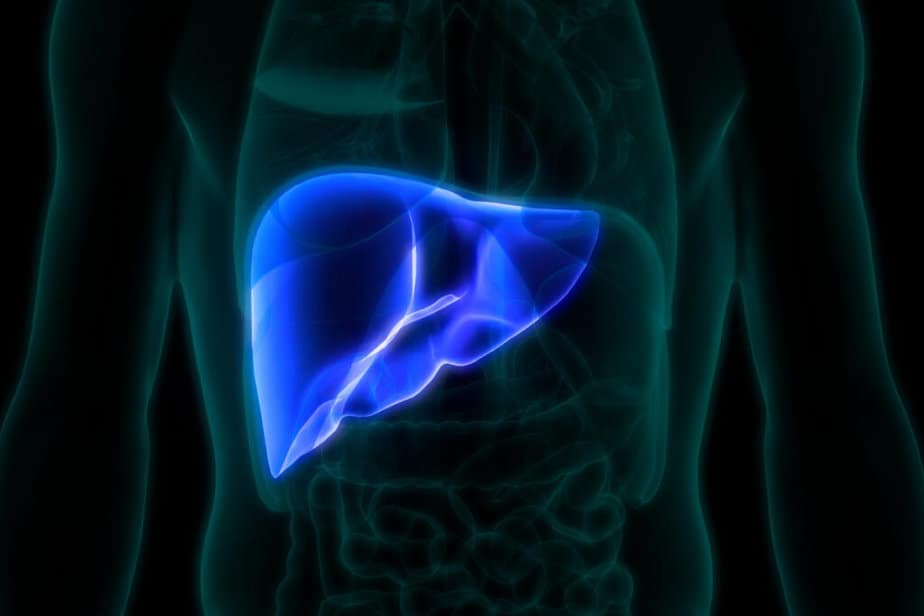The human liver contains thousands of enzymes, which are special types of protein cells that help necessary chemical reactions to take place.
Liver enzymes trigger activity in the body’s cells, speeding up and facilitating naturally occurring biochemical reactions, and maintaining various metabolic processes within the liver.
A wide range of health problems can lead to elevated liver enzymes.
Elevated Liver Enzyme Causes
Some common causes that lead to elevated liver enzymes include:
- Adrenal insufficiency
- Alcohol abuse
- Alpha-1-antitrypsin deficiency
- Autoimmune hepatitis
- Celiac disease
- Diabetes
- Elevated triglycerides
- Herbal supplements, such as comfrey, kava, pennyroyal, and skullcap
- Hepatic steatosis and non-alcoholic steatohepatitis (NASH)
- Infections such as viral hepatitis and mononucleosis or even fungal infections like histoplasmosis
- Medications including certain cholesterol-lowering medications, antibiotics, anti-seizure medications, and acetaminophen, among many others
- Metabolic liver disease such as hemochromatosis (too much iron) and Wilson’s disease (too much copper)
- Obesity
- Primary biliary cholangitis
- Primary sclerosing cholangitis
- Thyroid disorders
- Tumors of the liver or bile ducts or metastatic disease to the liver

Liver Enzyme Functions
An elevated liver enzyme reading may be an indication of liver diseases, damage to liver cells, or an obstruction to the biliary tract (also known as the gallbladder and bile ducts).
This list of enzymes and their functions outlines possible indications when elevated amounts of liver enzymes are detected:
- Alanine transaminase (ALT): An enzyme that helps metabolize protein. When the liver is damaged, ALT is released in the bloodstream. An increase in ALT levels may indicate hepatocellular disease, like active cirrhosis, metastatic liver tumor, infection or toxic hepatitis, severe burns, pancreatitis, myocardial infarction (heart attack), trauma, severe burns, acute hemolytic anemia, crushing injuries, gangrene, or shock.
- Alkaline phosphatase (ALP): An enzyme needed in small amounts to trigger specific chemical reactions. Normally present in the liver, bone, intestine and placenta, higher than normal levels may indicate disorders as common as gallstone disease (and obstruction of the bile duct), alcohol abuse, and drug-induced hepatitis, or in less common disorders, such as primary biliary cholangitis or biliary tumors.
- Aspartate transaminase (AST): This enzyme plays a role in the metabolism of the amino acid alanine. An increase in AST levels may indicate hepatocellular disease, active cirrhosis, metastatic liver tumor, infection or toxic hepatitis, severe burns, pancreatitis, myocardial infarction (heart attack), trauma, severe burns, acute hemolytic anemia, crushing injuries, gangrene, or shock. In alcoholic liver disease, the AST is often twice the value of the ALT or more. AST can also be released by muscle, which is why this can be elevated in relation to burns, an MI, and trauma or muscle injury.
- Gamma-glutamyl transferase (GGT): The GGT enzyme plays a role in metabolism, specifically in the transference of certain chemical groups from one molecule to another. Higher than normal levels may indicate liver or bile duct injury or obstruction.
- Bilirubin: elevation in bilirubin can occur with hepatocellular disease (injury of the liver tissue) or obstructive disease in the biliary tree. Non-liver causes of elevated bilirubin are possible as well – typically from breakdown of red blood cells. The bilirubin can be broken down into direct (conjugated) and indirect (unconjugated). With bile duct obstructions, the direct bilirubin is typically a greater proportion of the total bilirubin.
Elevated Liver Enzymes – Further Testing
Having elevated liver enzymes is not an indication of a specific liver disease.
And while it is not uncommon to have elevated liver enzymes, in order to determine the underlying cause, additional tests may be necessary including:
- Physical Examination
- Ultrasound
- CT scan
- Liver Biopsy
- Blood tests
For more on the liver, check out these articles to learn more:

